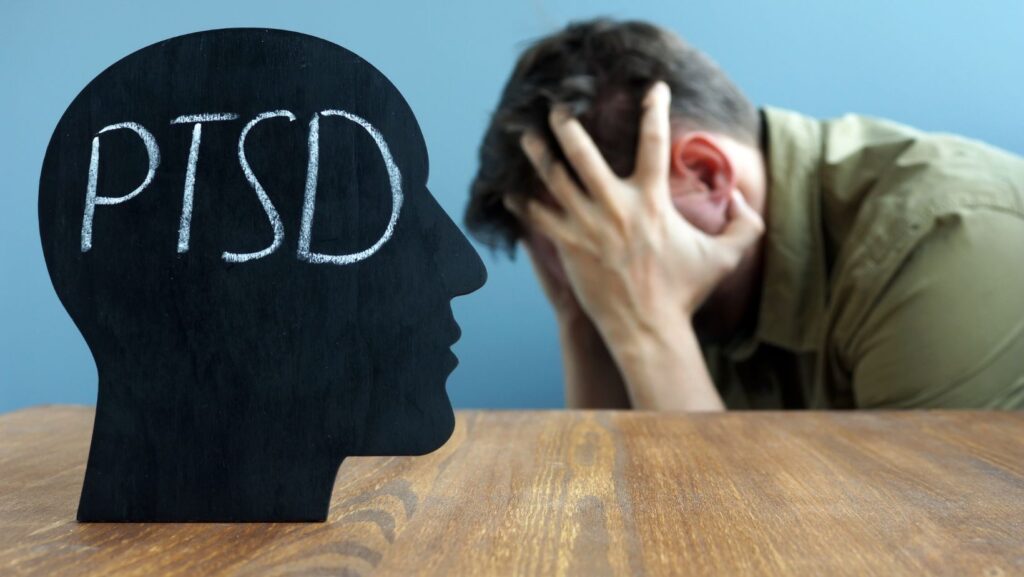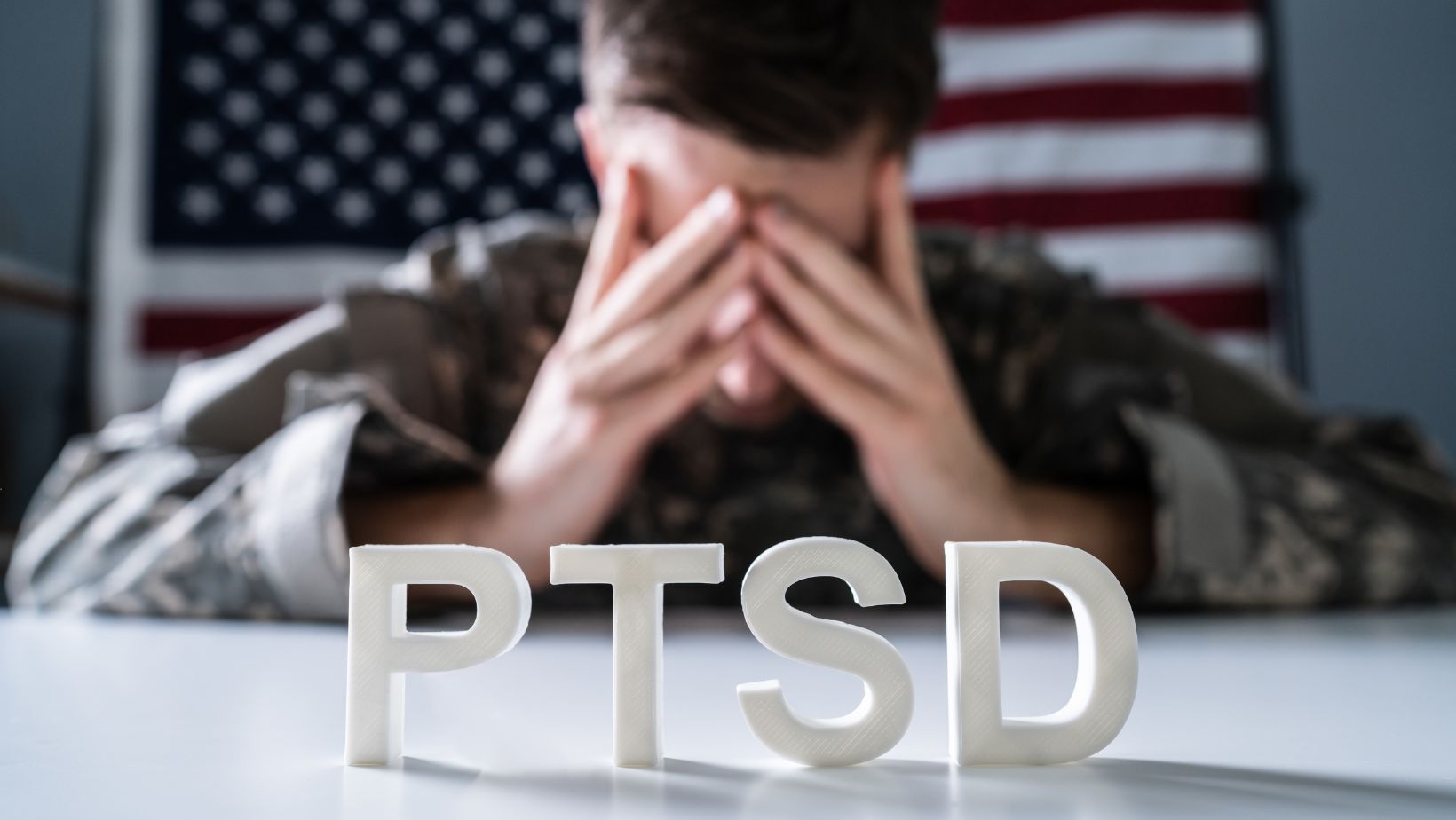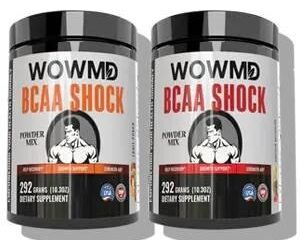
Post-Traumatic Stress Disorder (PTSD) is a mental health condition that can develop after experiencing or witnessing a traumatic event. It affects approximately 6% of adults in the U.S. during their lifetime, according to the National Center for PTSD. One of the significant challenges faced by individuals with PTSD is the increased risk of substance abuse. Many people turn to drugs or alcohol as a way to numb the emotional pain, avoid intrusive memories, or cope with anxiety.
This article explores the complex connection between PTSD and substance abuse, why they often occur together, and strategies for recovery.
Understanding PTSD
PTSD arises from trauma that overwhelms a person’s ability to cope. Common symptoms include:
– Intrusive Memories: Flashbacks or nightmares about the traumatic event.
– Avoidance: Staying away from reminders of the trauma.
– Negative Thoughts and Mood: Persistent guilt, shame, or feelings of detachment.
– Hyperarousal: Being easily startled, irritable, or unable to relax.
For many individuals, these symptoms can feel overwhelming, leading them to seek temporary relief through substances.
The Link Between PTSD and Substance Abuse
Research shows a strong connection between PTSD and substance use disorders (SUDs). The Substance Abuse and Mental Health Services Administration (SAMHSA) estimates that nearly 50% of individuals with PTSD also have a co-occurring substance use disorder.
Why Does This Connection Exist?
1. Self-Medication Hypothesis
Many people with PTSD use substances to manage their symptoms. For example:
– Alcohol may be used to dull emotional pain or improve sleep.
– Drugs like marijuana or opioids might be used to reduce anxiety or dissociation.
While substances can provide temporary relief, they often worsen symptoms over time.
2. Shared Risk Factors
Both PTSD and substance abuse are linked to:
– Trauma History: Individuals exposed to trauma early in life are more likely to develop both conditions.
– Genetic Vulnerability: Family history of mental health disorders or addiction increases risk.
– Environmental Stressors: Poverty, lack of support, or ongoing stress can exacerbate PTSD and substance use.
3. Neurobiological Changes
Trauma alters brain chemistry, particularly in regions like the amygdala and prefrontal cortex. These changes can increase sensitivity to stress and cravings for substances.
How Substance Abuse Affects PTSD
While substances may seem to provide relief, they ultimately worsen PTSD symptoms and create a vicious cycle:
1. Increased Intrusive Symptoms
Substance use disrupts sleep, making nightmares and flashbacks more frequent.
2. Heightened Anxiety and Irritability
Drugs and alcohol can amplify feelings of restlessness or anger, leading to emotional instability.
3. Avoidance of Treatment
Substance use can delay or prevent individuals from seeking help for PTSD, as they may rely on substances instead of professional care.

4. Physical and Social Consequences
Addiction can lead to health issues, strained relationships, and financial problems, adding further stress to those already struggling with PTSD.
Dual Diagnosis: PTSD and Substance Use Disorder
When PTSD and substance abuse occur together, it’s referred to as dual diagnosis or co-occurring disorders. This dual condition requires integrated treatment that addresses both issues simultaneously.
Statistics:
– Veterans with PTSD are twice as likely to develop substance use disorders compared to the general population (Journal of Dual Diagnosis).
– Women with PTSD are at greater risk of developing substance abuse as a coping mechanism for trauma, particularly sexual abuse.
Effective Treatment Approaches
Recovery from PTSD and substance abuse is possible with the right combination of therapies and support systems.
1. Integrated Therapy
a. Cognitive Behavioral Therapy (CBT)
CBT helps individuals recognize and change negative thought patterns related to both trauma and substance use.
b. Eye Movement Desensitization and Reprocessing (EMDR)
EMDR focuses on reprocessing traumatic memories to reduce their emotional impact, which can lessen the need for substances.
c. Trauma-Focused Therapy
This approach directly addresses the trauma underlying PTSD, helping individuals process and heal without turning to substances.
2. Medication-Assisted Treatment (MAT)
– Medications like SSRIs (Selective Serotonin Reuptake Inhibitors) can reduce PTSD symptoms such as anxiety and depression.
– For substance use, drugs like naltrexone or buprenorphine help manage cravings and withdrawal symptoms.
3. Support Groups
a. Peer Support Groups
Groups like Alcoholics Anonymous (AA) or Narcotics Anonymous (NA) provide a safe space to share experiences and gain encouragement from others in recovery.
b. Trauma-Specific Support Groups
Organizations like Veterans Affairs (VA) offer PTSD-focused groups that address the unique challenges of co-occurring disorders.
4. Mindfulness and Holistic Practices
Mind-body practices help individuals manage stress and improve emotional regulation:
– Meditation: Encourages present-moment awareness to reduce anxiety.
– Yoga: Combines movement and mindfulness, promoting relaxation.
– Art Therapy: Provides a creative outlet for processing emotions.
Prevention and Early Intervention
Preventing the development of PTSD and substance abuse often starts with:
1. Early Trauma Support: Providing counseling and resources immediately after a traumatic event can reduce the risk of PTSD.
2. Education: Teaching coping strategies, such as mindfulness or stress management, can help individuals handle trauma without turning to substances.
3. Community Programs: Outreach programs can connect individuals with resources before symptoms escalate.
Breaking the Cycle
While the connection between PTSD and substance abuse is challenging, recovery is possible with the right support. The key lies in:
– Recognizing the interdependence of the two conditions.
– Seeking professional help tailored to dual diagnosis.
– Building a strong support network of therapists, peers, and loved ones.
Conclusion
The link between PTSD and substance abuse underscores the importance of addressing trauma and addiction together. While the path to recovery can be complex, it is also deeply rewarding.

With integrated therapy, medication, and support systems, individuals can break free from the cycle of trauma and addiction, reclaiming their lives and well-being.
If you or someone you know is struggling with PTSD and substance abuse, resources like SAMHSA’s National Helpline (1-800-662-HELP) and local trauma recovery centers are available to provide guidance and support.











